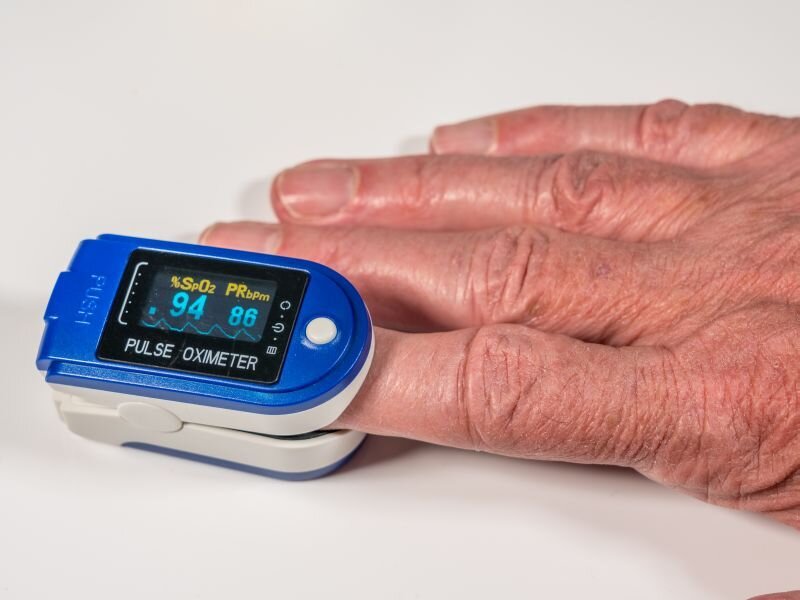Researchers have recently suggested that taking a temperature is a less useful indicator of infection in older adults and that a pulse oximeter be used instead. By now checking temperature has become a key indicator of COVID-19, but as per experts checking oxygen levels can be more useful in older adults.
What the research has to say:
A study published in the media says baseline temperatures are lower in older adults. A lower baseline temperature means a fever may be overlooked using the CDC’s standard definition of 100.4 degrees Fahrenheit or greater. In fact “upwards of 30 percent of older adults with serious infections show mild or no fever.”Other common signs of COVID might be dismissed to aging, such as fatigue, body aches, and loss of taste or smell.
Also, some COVID-19 patients have no visible signs of having low oxygen levels, such as shortness of breath, yet have oxygen saturation below 90 percent. Not identifying them can lead to unexpected situations.

Experts say portable pulse oximeters should be considered for wide use in COVID-19 screenings of older adults because the devices can detect changes in oxygen saturation without other indications of infection.
Other benefits of oximeter:
- Alerting to dangerously low oxygen levels
- Monitoring oxygen saturation over time
- Can help detect the need for supplemental oxygen
The normal blood oxygen saturation level will be around 95–100%.


